Design Needs Emotion: A Shift from Logic to Feeling in Creativity
Written on
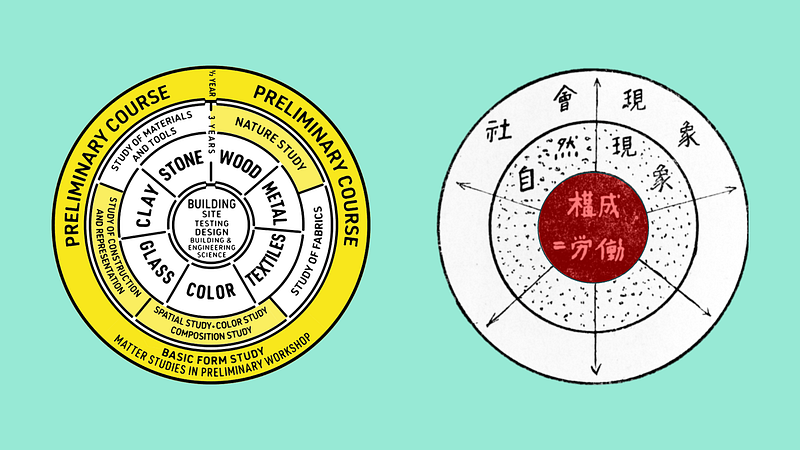
Embracing Sensitivity in Design
In today's world, characterized by climate change and economic struggles, relying solely on technology and productivity isn't the solution. Instead, designers should draw inspiration from historical movements like Bauhaus and Kosei to prioritize human emotions and values, unlocking profound and meaningful innovations.
A Lost Message Amidst the Noise
As I entered a bustling event, the air was filled with the sounds of laughter and chatter. Familiar faces exchanged greetings, while the clatter of cutlery and the occasional chime of wine glasses added to the background noise. Suddenly, the unmistakable tap of a microphone signaled the commencement of a fireside chat in the midst of the revelry. On stage were three notable figures: a senior member of parliament, a prominent designer, and the president of the organizing body.
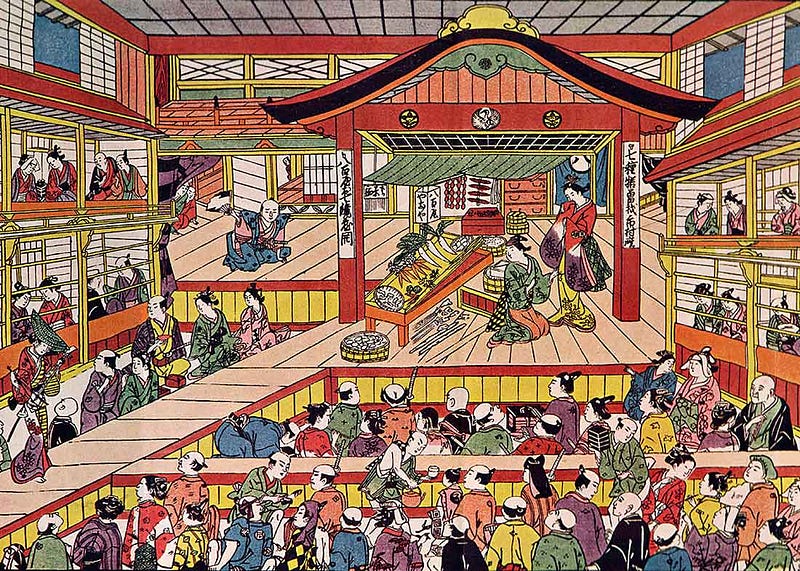
The discussion revolved around how design could address pressing global issues like climate change and foster unity among nations. Yet, as each speaker attempted to share their insights, the noise only grew louder. It seemed the crowd, perhaps fueled by alcohol, paid little heed to the wisdom being imparted. Ironically, the attendees were seasoned designers themselves, yet they remained oblivious to the discourse.
The Limitations of Rational Thought
Rationality, while often esteemed, can lead to errors since the human mind can focus on only one thing at a time. Paradoxically, courtesy—a fundamental human trait—is frequently overlooked in social settings. For technology, this cacophony is mere noise; it fails to rationalize the nuances of human interaction. Hence, effective design should not depend on vast amounts of data but rather on rich, qualitative insights.
Data, in its essence, possesses a multi-dimensional quality. While one can measure decibel levels in a noisy environment, understanding the underlying meanings within that noise is far more intricate. The formation of words and their interpretations during conversations can yield valuable sentiments that inform design.
Sentiments are evaluated based on their positivity or negativity, often visualized through simplistic graphs in customer journey maps. Unfortunately, the industry tends to reduce emotions to mere emojis in feedback forms, neglecting the vast spectrum of feelings that exist beyond a limited five-point scale.
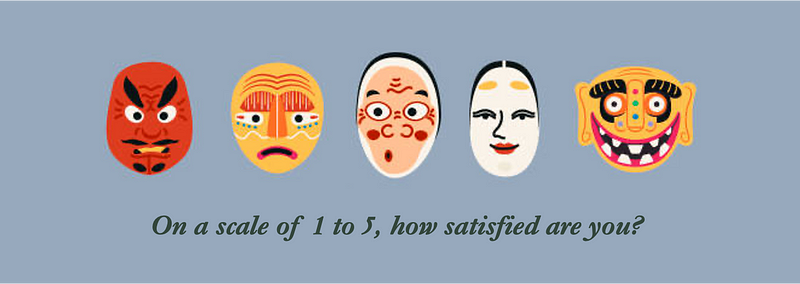
The Rise of Rationalism
Society often venerates analytical thinking, leading to significant advancements in technology. However, the feeling mind, once celebrated in the arts, also cultivates innovation through deep observation and abstract connections. Thus, nurturing the feeling mind is essential.
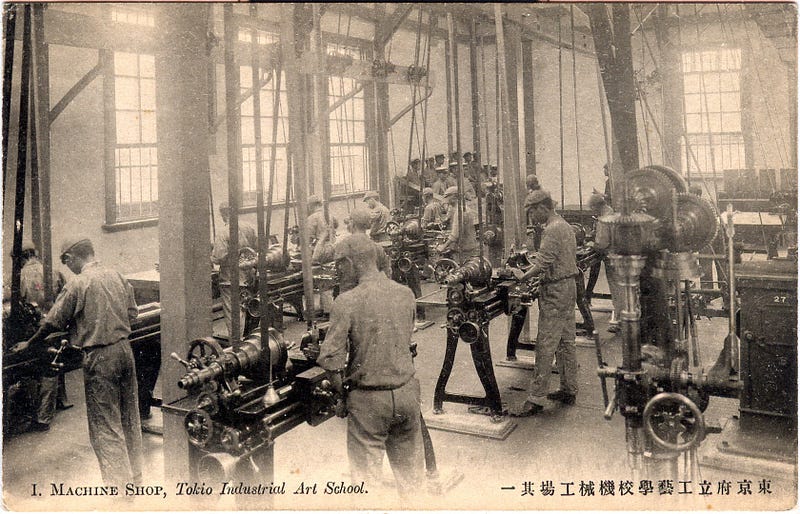
Our education system, heavily influenced by Taylorism and its emphasis on productivity and optimization, often sidelines the development of emotional intelligence. In a previous article, I proposed incorporating 'A' for Arts and 'R' for Renaissance into the educational framework, advocating for a more holistic approach that balances STEM with creativity.
The Value of Design Exercises
Only within design schools can we explore the abstract concept of feelings through practical exercises. One notable activity involved using squares to convey a specific meaning abstractly. While analytical minds might label each square, the intuitive approach assembles them to express concepts like 'serenity' or 'danger.'
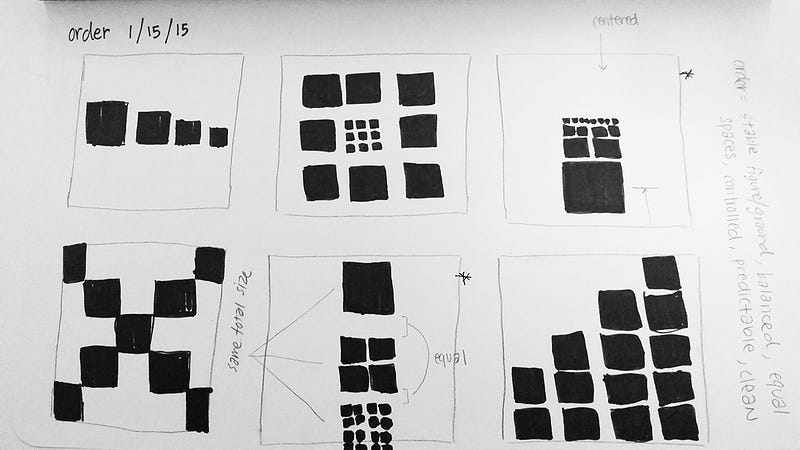
In another exercise, we had to illustrate the transformation of two distinct objects across several frames. The analytical thinker might choose closely related items, while the feeling-oriented designer would select objects that evoke a richer narrative.
From Rationalism to Bauhaus
These exercises evoke memories of the Bauhaus movement, which viewed design as a way of life. Foundational activities like those described above are crucial for honing sensitivity and crafting exceptional design elements. Bauhaus master Johannes Itten emphasized a holistic education encompassing mind, body, and spirit to prepare students for creating comprehensive works of art.
A Bauhaus master in textiles, Otti Berger, expressed:
> "We do not want pictures, but rather we want to arrive at the best-possible, ultimate, living fabric! … it has to be possible to grasp it with “hands”! The value of the fabric is recognized in the tactile; one must listen to the secrets of the fabric and feel its structure both intellectually and subconsciously."
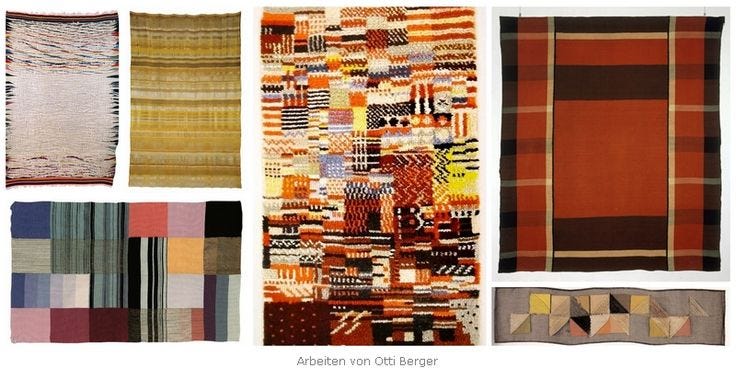
The Bauhaus approach integrated a community of artists working collaboratively, creating a shared language that transcended gender divides—a remarkable feat for the 1920s. This collective spirit empowered apprentices to become masters, influencing future generations of designers globally.
Japanese Bauhaus
After experiencing Bauhaus, Japanese students Takehiko Mizutani, Iwao, and Michiko Yamawaki returned to establish the Shikenchiku K?gei Gakuin (School of New Architecture and Design) in 1932. Renshichir? Kawakita, who founded the school, translated key Bauhaus texts and contextualized the movement within Japan, leading to the emergence of K?sei education.
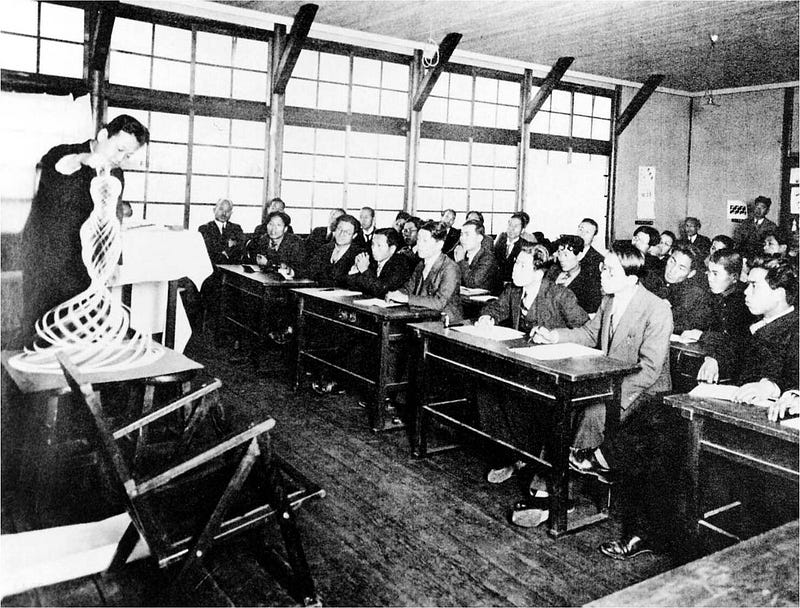
K?sei emphasized refining the senses and observing everyday life, encouraging the redesign of mundane structures through the lens of human experience and social connectivity. Unfortunately, the political climate of the 1930s hindered the movement's growth, leading to the closure of the school despite its influence on Japanese art education.
The Legacy of Modern Design Masters
Designers like Naoto Fukasawa exemplify the lasting impact of these movements. Fukasawa, the distinguished designer at the event, led participants in a design exercise the following day, using bamboo and washi to express emotions in creating unique tabletop lamps. Each lamp reflected the designer's personal interpretation, showcasing the limitless potential of emotional design.
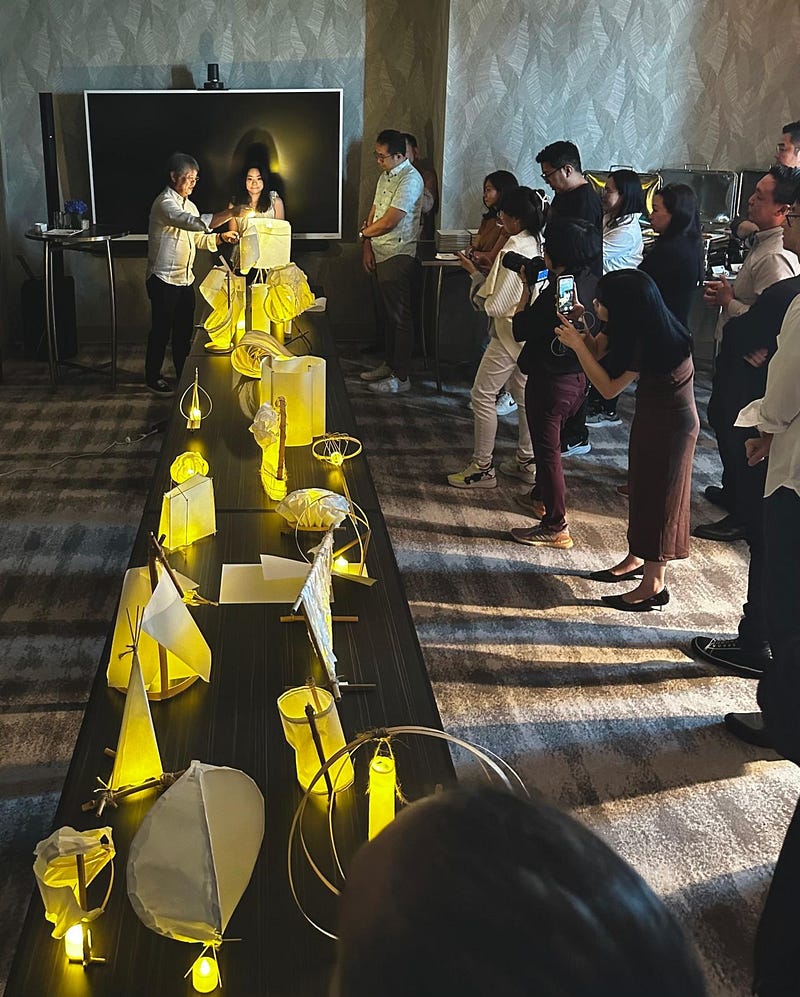
Fukasawa's philosophy emphasizes a design process that transcends conscious thought, tapping into the subconscious through sensory cues. His renowned Muji wall-mounted CD player illustrates this concept, evoking memories and feelings that resonate deeply with users, ultimately elevating Muji to a global brand.
The power of shared emotional experiences in design cannot be understated. As we confront challenges like climate change and economic stagnation, merely increasing productivity or relying on advanced technologies won't suffice.
The Future of Emotional Design
We must cultivate a richer vocabulary of feelings, moving beyond simplistic scales of satisfaction. In corporate environments, emotions are often boxed in, leading to a disconnect from genuine human experiences. Understanding complex emotions such as love, charity, and honesty cannot be relegated to mere numbers.
Design exercises rooted in Bauhaus and K?sei principles encourage us to look beyond superficial visuals and explore the depth of human experience. Amidst the chaos of the world, the wisdom of design masters beckons the next generation of innovators to deliver transformative solutions.
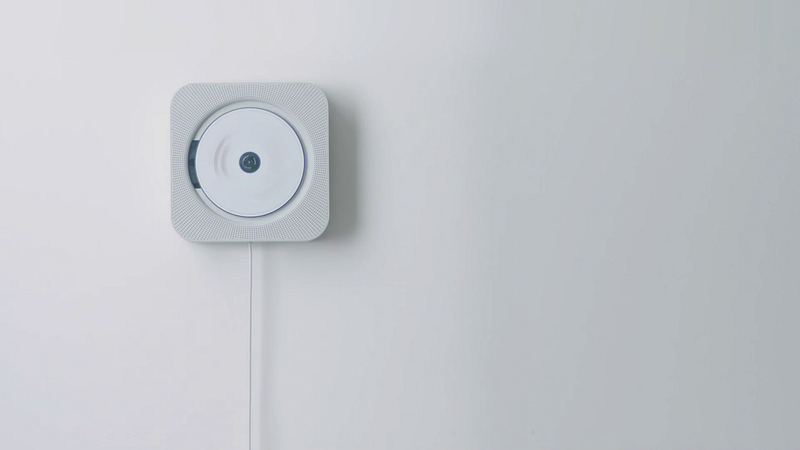
References
Bußmann, A. (2024). Otti Berger. Fembio.org. https://www.fembio.org/biographie.php/frau/biographie/otti-berger/
Casciato, M., Fox, G., & Rochester, K. (n.d.). Bauhaus. Www.getty.edu. https://www.getty.edu/research/exhibitions_events/exhibitions/bauhaus/new_artist/
Naoto Fukasawa. (2007). Naoto Fukasawa. Phaidon.
Umemiya, H. (n.d.). Naked Functionalism and the Anti-Aesthetic — Articles — bauhaus imaginista. Www.bauhaus-Imaginista.org. https://www.bauhaus-imaginista.org/articles/2331/naked-functionalism-and-the-anti-aesthetic
Yeo, D. (2022, May 14). It takes a village to raise 5-year-old designers — UX Collective. Medium; UX Collective.